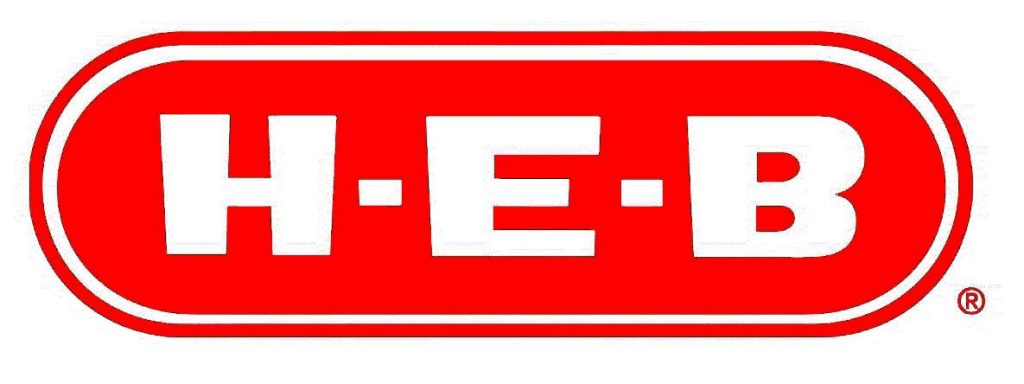
Where should I go grocery shopping?
HEB.
But what if I have a–
HEB.
Umm, Ok…How do I get my student ID card?
Every UT student needs a physical ID card for various things like access to the gyms, museums, free bus access, IM sports, and more. It is especially important for med students because it allows for 24/7 badge access to HLB. When you arrive on campus, after grabbing your first round of groceries at HEB, head to the Flawn Academic Center (FAC), and there will be a desk on the first floor dedicated to providing ID cards to incoming students. Just make sure you have your UT EID and $10. Find more info HERE and HERE.
What the heck are all of those H acronyms? Like HLB, HTB, HDB, and HRB (HEB, maybe)?
HLB, HDB, and HTB are all acronyms for the buildings of the Dell Medical School campus surrounding the Dell Seton Medical Center. HLB stands for Health Learning Building, and this is the actual medical school building. It is east of the hospital, and almost all of our classes in the first year are held in HLB. Medical student spaces and administrative and faculty offices are also here.
HDB and HTB are the connected buildings west of the hospital that stand for Health Discovery Building and Health Transformation Building, respectively. HDB houses a variety of Dell Medical research departments, and HTB holds both clinics for actual medical practice (specifically the Musculoskeletal Institute, the Mulva Institute for the Neurosciences, the Women’s Health Institute, and the Worklife Care Team) and spaces for healthcare startups and companies that Dell Med wants to partner with. Events for all members of the Dell Med community are held in each building throughout the year, so you will get a chance to interact with those spaces as a medical student.
HRB stands for Health Residence Building. It is the residence of Lee Fuentes, Lyndsey Sandow, Hannah Kay, and Sam Baldazo of the great Class of 2021.
HEB stands for Howard E. Butts, the son of Florence Butt, the woman who founded the grocery store chain.
If HLB is so important, what all is going on in that building?
Great question, and the good people at UT have done a great job of outlining the layout of the building. The Health Learning Building website breaks everything down by each floor (1st, 2nd, 3rd, 4th, and 5th), and they give fun names for the various floors like “Gateway,” “Mentoring,” and “Leadership.” Students have 24/7 badge access to the building, which is cool!
Here is a summary of what each floor provides:
1st — Lecture hall, Nourish Cafe, 2 public bathrooms with showers
2nd — Faculty and Student Affairs offices
3rd — Student spaces (library, study rooms, society lounges)
4th — Lab, locker rooms (each with 1 shower), clinical simulation space, student lounge
5th — Meeting spaces and offices for various Deans
What’s going on with the locker room and showers?
There are small male and female locker rooms right next to the lab on the 4th floor. Every first year student receives a locker to store scrubs or whatever else. Each locker room also has one shower that students can use. There is 24/7 BADGE access to the locker room and shower (you need your ID for access), so students who ride their bikes in the morning can shower if they want. (Note: there is also 24/7 access to the lab, but you have to bring a buddy with you).
Every first and second year student also receives a locker on the third floor next to the DOCS/PILLARS rooms to keep textbooks, white coats, HEB snacks, etc. There is also a public shower in the two gender-neutral bathrooms by Nourish Cafe.
What’s the deal with Nourish Cafe on the first floor? Is the food good?
Nourish Cafe offers a healthy and diverse menu. It is fairly popular (especially the $2.50 breakfast tacos) and somewhat reasonably priced. The hospital next door also has a cafeteria on the first floor that also has a wide variety of options at a slightly cheaper price, so students will often grab breakfast, lunch, or dinner there.
There are not many restaurants located within walking distance from school, but we’d recommend you explore your options as you get to know Austin. There are countless great restaurants spread throughout the city.
There are also two fridges and two microwaves in each society lounge for student use, in addition to any other appliances the class decides to bring, to help prepare and store various HEB brand food items.
Are there Dress Codes for different aspects of the building and curriculum?
Unless it is explicitly outlined, there is no real dress code in HLB during your first year. You can wear pretty much anything you might wear out in public (like HEB)! Because this is Austin and that still might be up to questionable interpretations, the only recommendation they give us is no beach wear, but shorts and a t-shirt or exercise clothes are totally fine.
A dress code is explicitly provided with DOCS, IPE, Lab, and lectures from specific (important) individuals. During IPE and with specific lecturers, you are expected to wear business casual, normally without a white coat. Whenever there are standardized patients or actual patients involved in a DOCS sessions, you are expected to wear business casual WITH your white coat. Finally, in lab, you need close-toed shoes, clothes you are okay with getting dirty (scrubs and sweats are popular choices), and eyewear (Dell provides a pair of goggles, but personal glasses and old lab goggles work too).
If you volunteer at the CD Doyle Clinic, you can wear casual business casual or scrubs with or without your white coat!